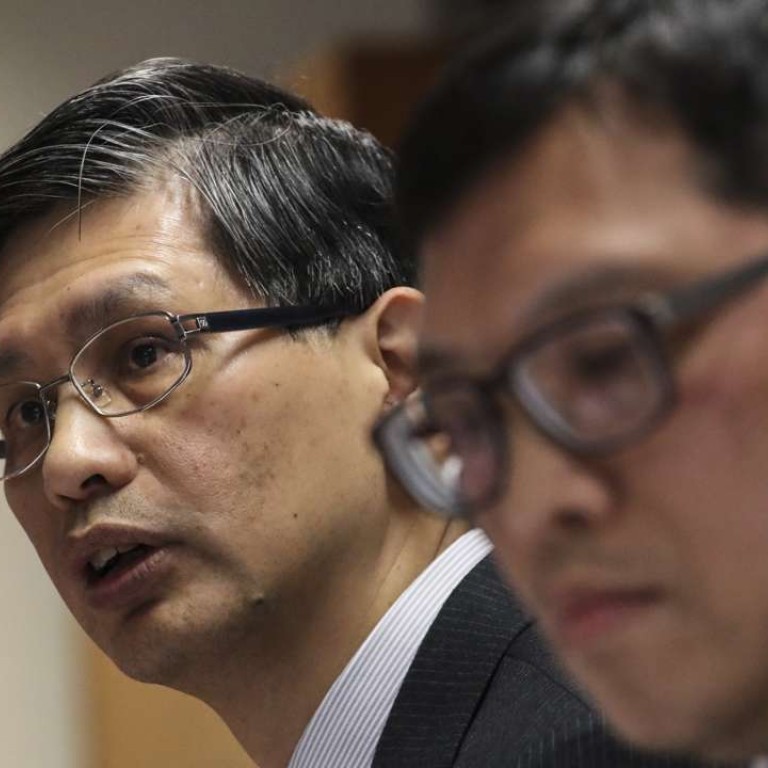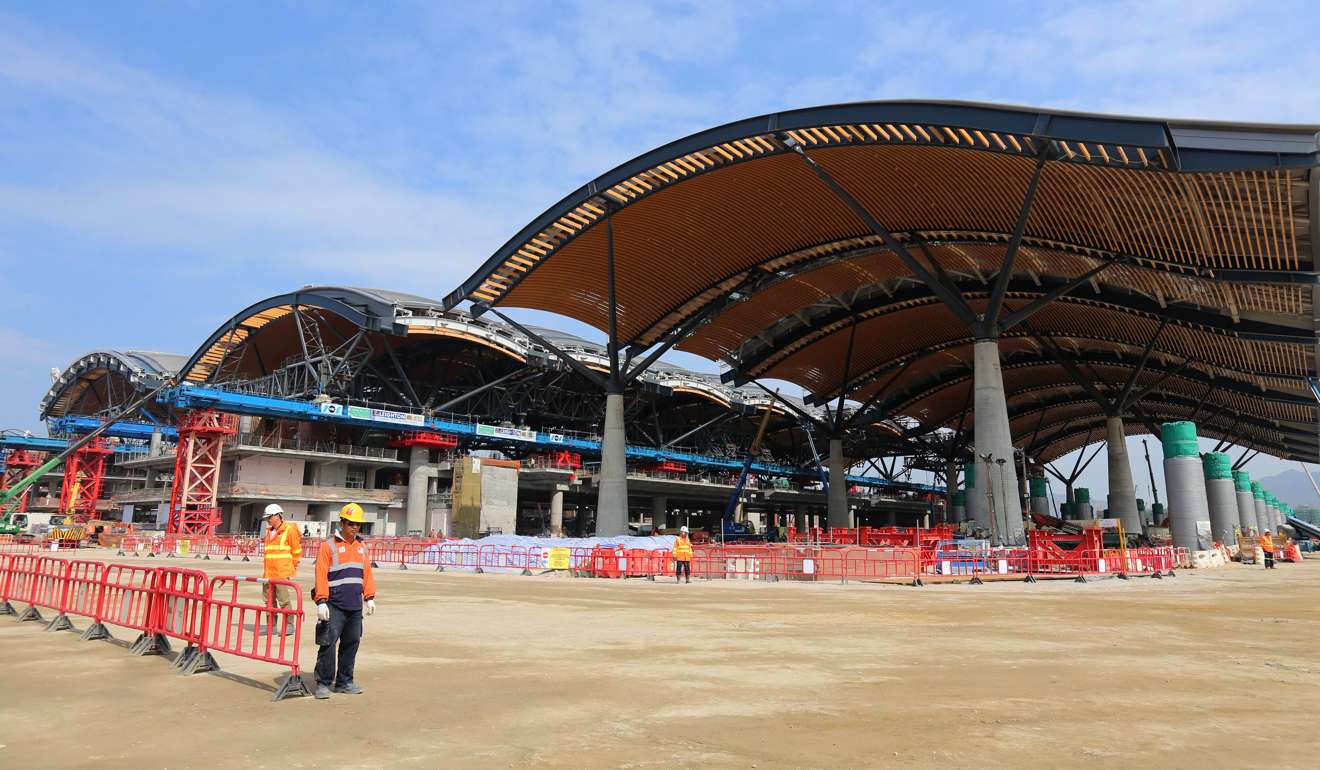
Seawalls collapsed in bridge project linking Hong Kong to Zhuhai and Macau, highways chief admits
But Daniel Chung Kum-wah says issue, disclosed only on Monday despite its discovery in 2014, now resolved
The troubled multibillion dollar bridge linking Hong Kong to Zhuhai and Macau was hit with another controversy yesterday as the highways chief admitted two seawalls on reclaimed land along the east coast of the Airport island collapsed over two years ago due to irregular extensions by up to 10 metres.
Despite discovering the irregular movements of the two seawalls involving an area of 5,500 sq metres in late 2014, the Highways Department did not disclose the incident until yesterday following a media report which accused the body of a cover-up.
Civic Party lawmaker Tanya Chan Suk-chong yesterday called for all relevant government officials to attend a Legislative Council environmental affairs panel meeting next week to give a full account of the incident.
“It may involve a cover-up and illegal land reclamation to the detriment of public interests. This matter is really serious and we hope all the involved officials will give us a full account,” she said.

Director of Highways Daniel Chung Kum-wah admitted yesterday that in October and November 2014, on-site supervisors discovered two seawalls – one measuring 300 metres long and another 250 metres long – had extended by about 5 metres to 10 metres.
As the movements were serious, the Highways Department immediately demanded that the contractor responsible – China State Construction Engineering (Hong Kong) – review the problems and suggest remedial works, he said.
The land reclamation involves 23 hectares of land and the construction of seawalls, connecting the HK$25 billion stretch of Hong Kong’s bridge section to the boundary-crossing facilities located on an artificial island.

In early 2015, the contractor submitted two investigation reports with remedial work proposals to the department which had informed relevant government bodies. In the middle of that year, the company was allowed to build consolidation works at the seawalls and it was completed by the end of 2015.
Chung insisted the movements were a natural phenomenon, because reclamation exerted pressure on the seawalls. He added that the incident would not affect the schedule of the project expected to be completed by the end of this year.

“The incident hasn’t caused any impact to nearby residents. It is not a safety issue. It hasn’t caused any environmental impact. The public might not be concerned about it,” he contended.
“That’s why we hadn’t announced anything about it. We have resolved all those problems; we don’t think there is a need to tell the public about it. If we do so, maybe every day we have to tell something about the project to the public,” he said.
Chung also said that the problem had already been taken care of as the contractor undertook all the extra cost of the remedial works.
“Actually since the end of 2015, we haven’t found any irregular movements of seawalls,” he said.

